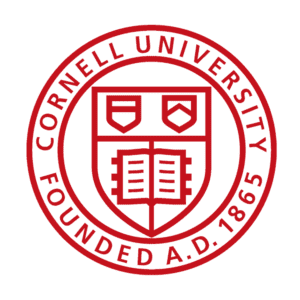Timeframe: 2019 – 2023
Goal: Investigate the potential of retinoic acid therapy
Principal Investigators: Andrew Yen, PhD and Praveen Sethupathy, PhD

Study overview: FLC is driven by the DNAJ-PKAc fusion protein. A potential therapeutic strategy would be to induce loss of this key driver protein. One approach to substantially alter gene expression in cancer cells is differentiation induction therapy, which causes malignant cells to acquire more mature, specialized characteristics and to stop proliferating. The most successful differentiation therapy agent in current use is retinoic acid (RA), which has been the standard of care for acute promyelocytic leukemia (APL). RA, a metabolite of Vitamin A, induces APL cells to convert from a proliferating malignant state resembling immature white blood cells to a non-transformed, arrested state resembling the corresponding normal, mature white blood cells. Preliminary observations in a model cell line engineered to stably express DNAJ-PKAc showed that RA causes loss of the fusion protein.
This suggests the possibility that retinoic acid could have therapeutic activity against FLC by causing loss of the transforming protein for this tumor, thereby relieving the hepatic cells of the tumor phenotype. The study exploited the observation in this experimental model and extended it to primary cultured FLC cells. The project goals were to:
- Determine if retinoic acid causes loss of the fusion protein in FLC cells, and
- Characterize the molecular signature and cellular attributes of the retinoic acid-induced FLC cell response.
If successful this effort will:
- Demonstrate that retinoic acid, a drug already approved and used in leukemia therapy, has an off-label application for FLC, and
- Identify candidates to target for more sophisticated combination therapy, an emerging therapeutic modality that is proving effective in retinoic acid based therapy against other tumors.
The basic rationale is that if a drug relieves the FLC cells of the tumor causing protein, then the tumor phenotype would be relieved.
